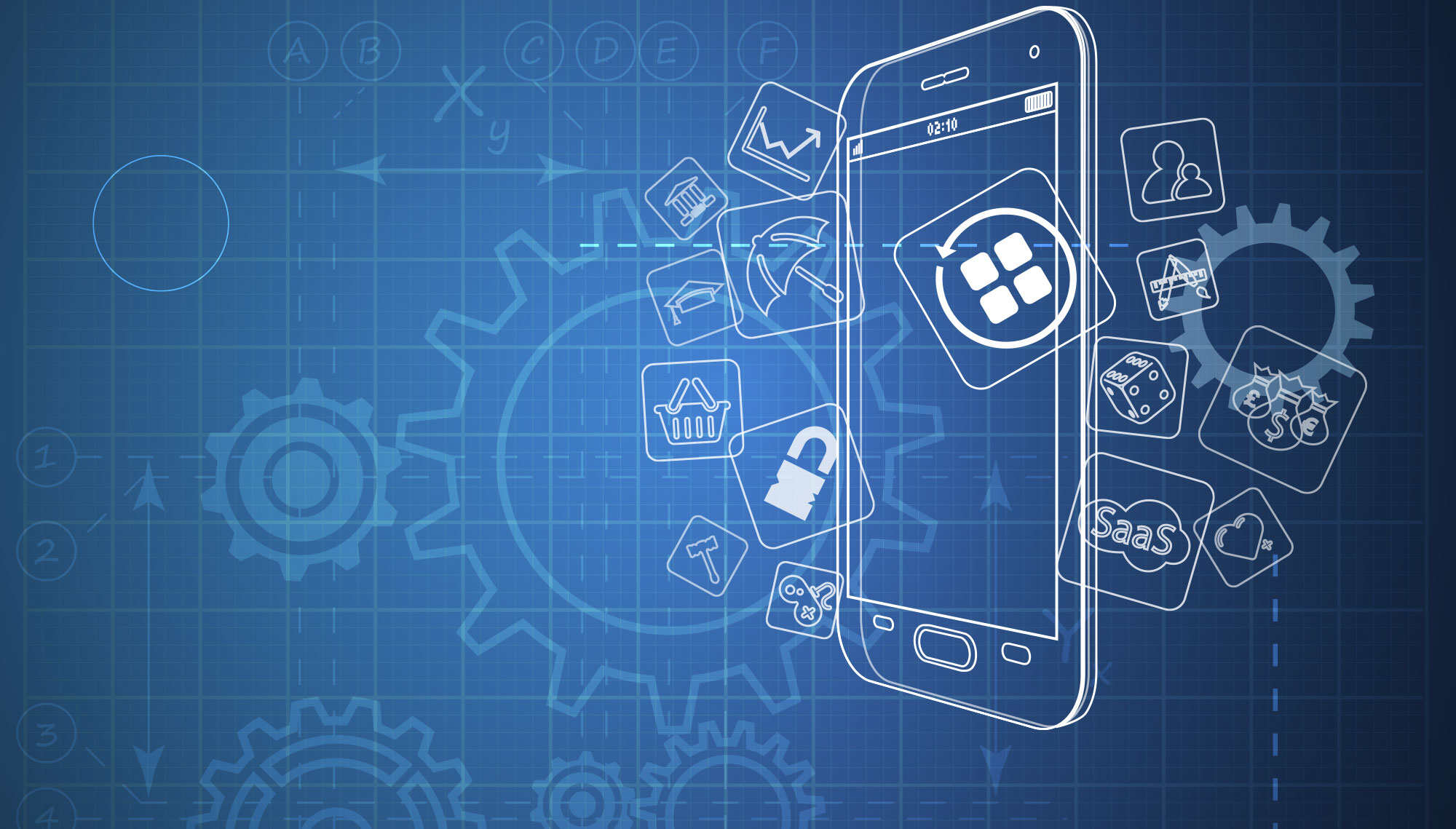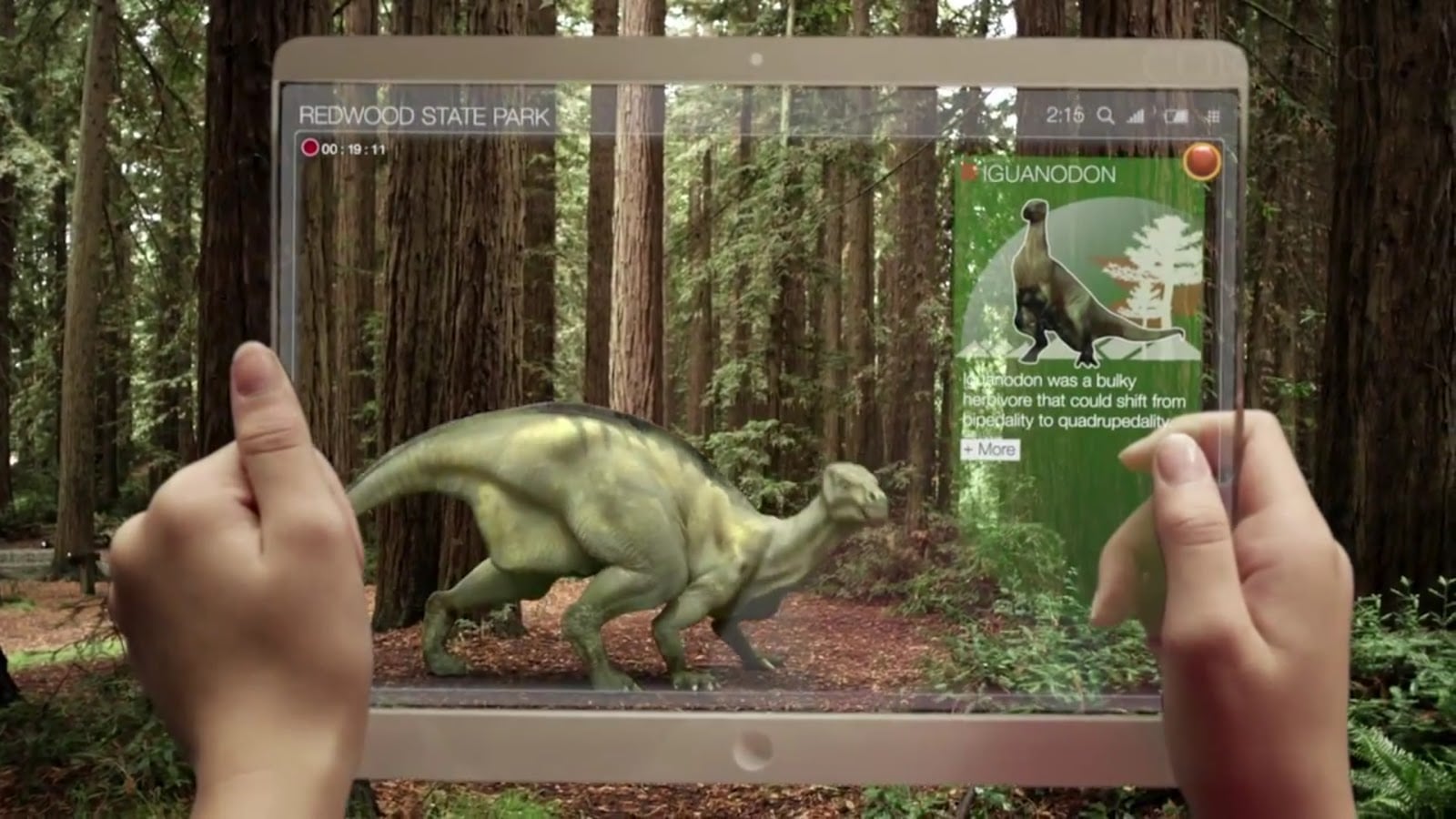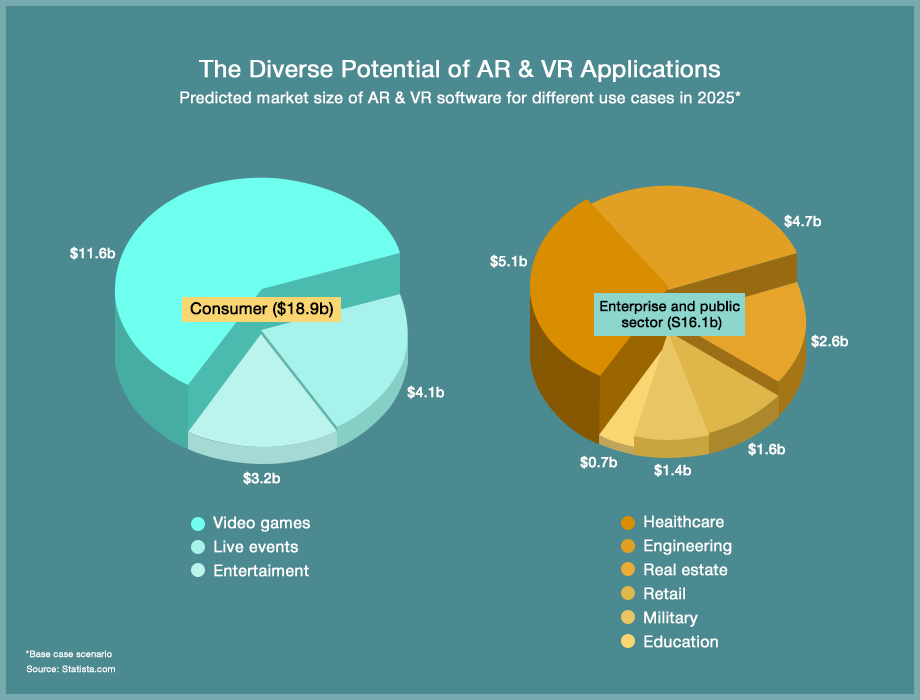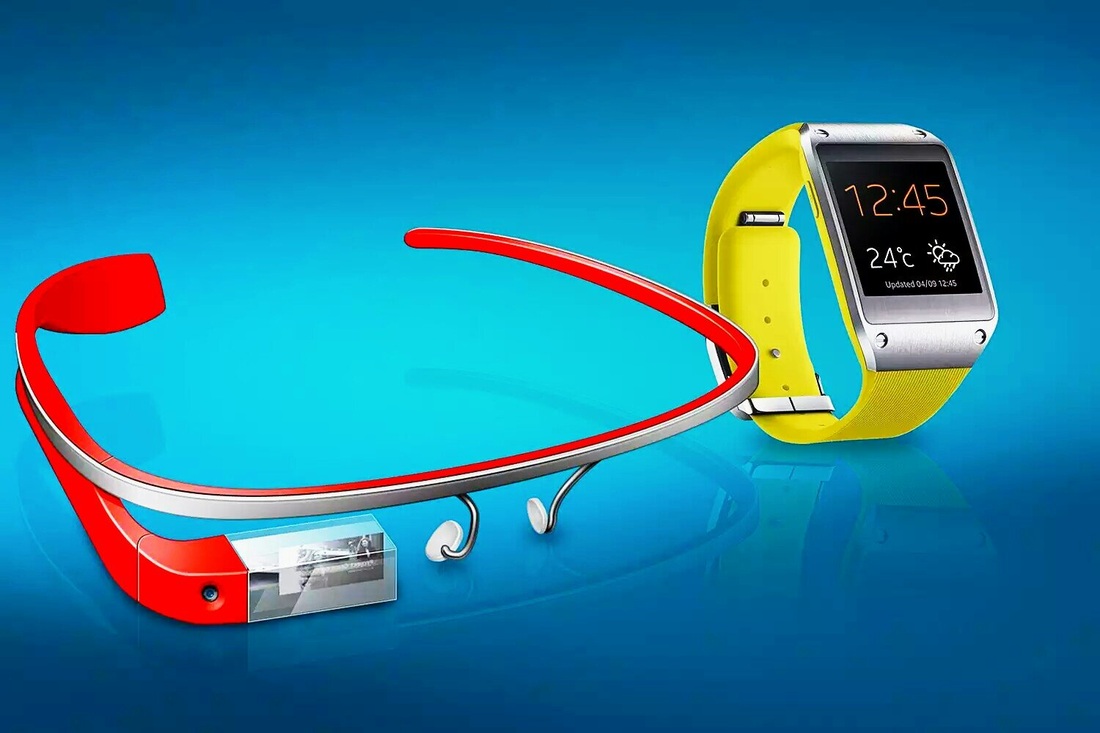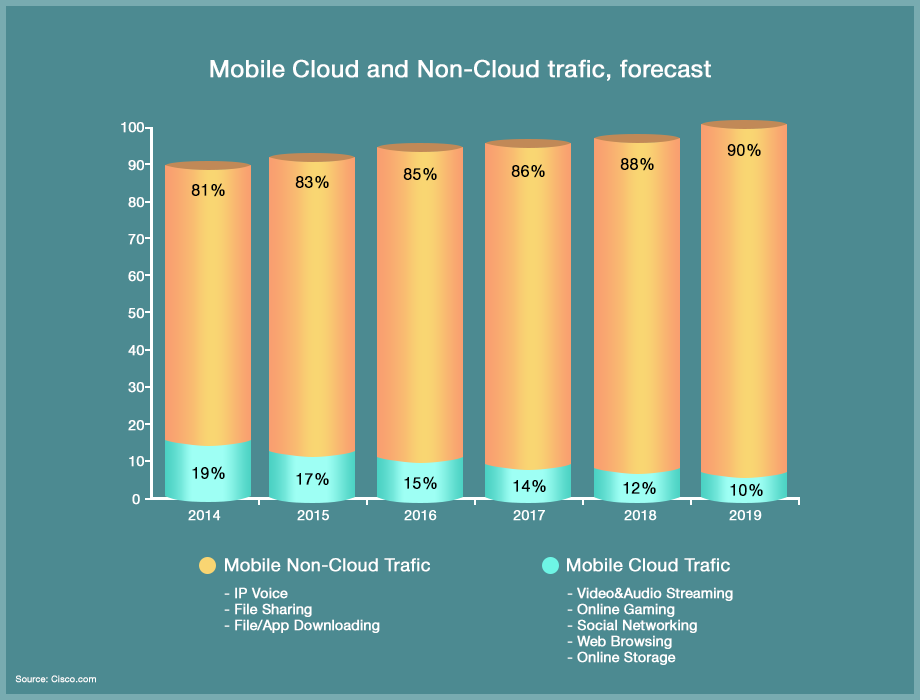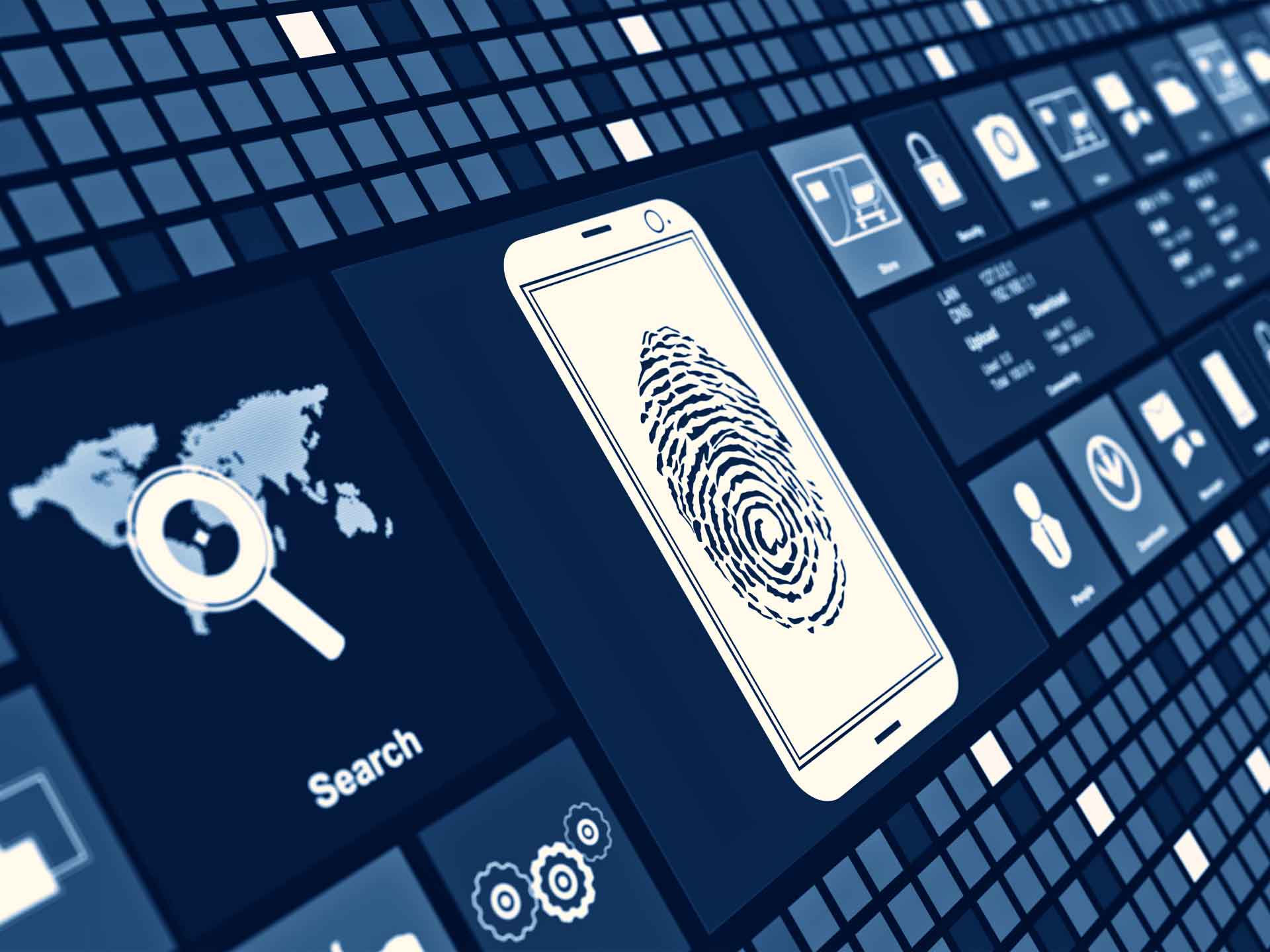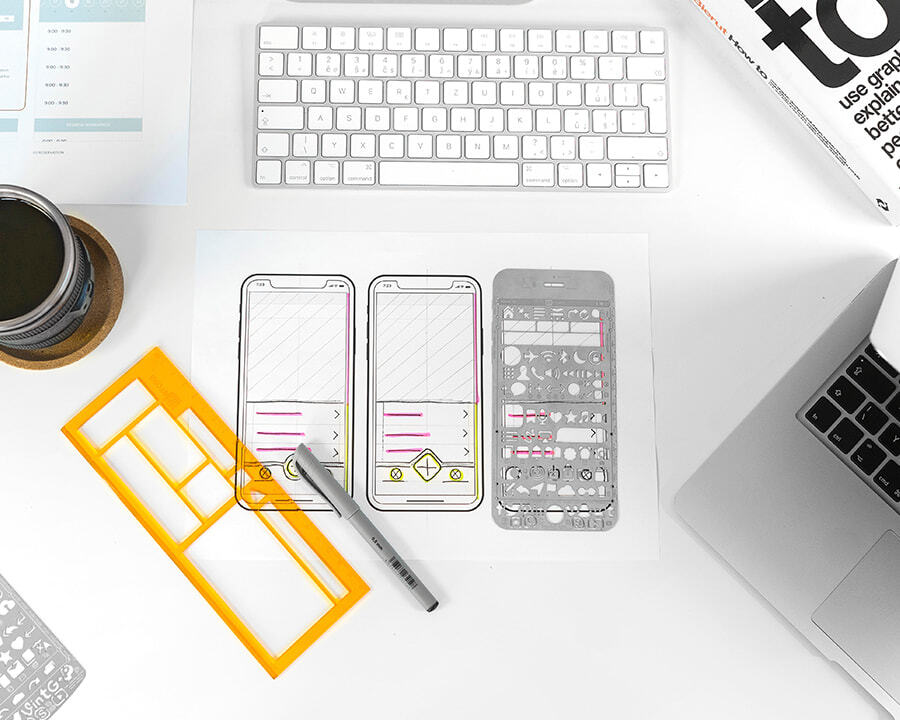By: Evgeniya Vi.
3 NOV 2017
4752
Mobile applications have ceased to simply be a way to enjoy entertainment and games. Services help to optimize workflow, improve time management, and bring profits to businesses. However, app development is constantly being upgraded to give users maximum satisfaction. In this article, we present the major trends in the development of mobile applications in 2018.
Development
Native
Native development is ruling the field in 2017 and will continue to do so in 2018. Native development allows you to get a unique application with complex functionality. At the same time, the user feels as comfortable and natural as possible. With the help of the native method, you will be able to translate any idea for a solution into reality.
The advantages and disadvantages of each of the methods and what method will be optimal for your project can be found here.
Kotlin
This advanced language for Android is gaining popularity due to its convenience in the development of apps. Kotlin simplifies the code and makes it easier.
The Appus team supports progressive development methods and is ready to make products with a new and improved quality. That’s what this programming language does, according to our Android developer, Stanislav Sa.: “It is really worth paying attention to this language. It’s interesting that on Kotlin you cannot write the whole project but only part of it (i.e., the integration of the language into the project can be done in stages). So far, Kotlin has not been used in production, but we have plans to write a project with the help of Kotlin from the start.”
Optimizing Resources
Trends in mobile applications in 2017 focused on reducing the burden on the battery and phone memory. Applications are designed to be more lightweight for the convenience of users. In addition, in conjunction with updates to versions of iOS and Android, developers continue to improve the performance and speed of applications.
New Versions of OS
Service developers adapt and come up with new features, which is partially dependent on the new features of iOS and Android. For example, the iOS version introduces the new ARKit platform, which brings augmented reality technologies to hundreds of millions of iOS devices and helps developers easily create incredible AR applications.
Learning Machine
Modern applications are increasingly built on this principle. This is the essence of the algorithms that allow the system to analyze data and draw conclusions. The simplest example is that the application can recognize objects in the pictures, such as the features of Snapchat. Shazam, in a similar way, can recognize sounds. This trend will be scaled to new products in the mobile sphere.
Augmented and Virtual Realities
Augmented and virtual reality blew up the market in 2016, showing how it can be sold to regular users using PokemonGO. That trend will continue, and we expect new services with augmented reality not only in games but also in business. Artificial intelligence, on the contrary, is moving slowly but surely, gaining momentum in the mobile field. Companies such as Google, Facebook, and IBM are waiting with open arms for their chance to make history in this new field. With the advent of artificial intelligence on the stage, algorithms have become more complex and competitive.
IoT, Wireless & Wearable Devices Integration
IoT has not yet reached its peak of popularity and has not shown its full potential. Since the central interface of human interaction with intelligent things remains mobile devices, the development of these technologies is also a priority in the development of mobile applications. Applications must now be compatible and relevant for such devices to meet the needs of users. Thus, integration with all portable gadgets and smart things (for example, smart homes) will be an important trend in 2018.
A bit of statistics: According to International Data Corporation (IDC), the wearable device market will experience a compound annual growth rate (CAGR) of 20.3%, which will result in 213.6 million units delivered in 2020.
Mobile Applications Based on Cloud Technologies
Do you need a lot of space for fast applications to function properly? The cloud is the solution for every application that contains heavy graphics and functions. These apps are fast, can be built without any restrictions, and are more secure.
The focus is on integrating and synchronizing mobile applications on multiple devices. Thus, the cloud approach allows the development of such technologies as IoT and AI—making them more convenient and offering several functional possibilities.
Google Drive, Dropbox, and OneDrive are only the tip of the iceberg. Cisco research says, “Globally, cloud apps will drive 90% of the total mobile data traffic by 2019, and mobile cloud traffic will be 11-fold with a compound annual growth rate (CAGR) of 60%.”
Security
One of the other ongoing trends is to provide a higher degree of security. As before, personal and confidential information can be vulnerable, so the issue of mobile application security remains relevant, especially in the context of the growing application market for wearable devices, smart gadgets, VR, and AR apps.
Apps for Business
Over the past few years, large corporations have begun to treat mobile applications not only as an additional channel of sales/loyalty enhancement but also as a way to optimize or automate internal processes. When it comes to applications for couriers, logistics, merchandisers, HR managers, managers, and others, all of these already exist. In 2018 developments for domestic needs will become even greater.
According to Adobe Research, of the more than 1,500 companies surveyed, 77% of business owners see prospects in corporate applications, and 56% are going to increase their investments in them next year.
Micro-Applications
The trend of dividing large multifunctional services into narrowly focused solutions for one task has been observed for several years already in examples like Foursquare, Swarm, Facebook, and Messenger. Instagram has released many different applications for editing photos and video, including Hyperlapse, Layout, and Boomerang. VK has been testing live broadcasts on its website, and recently, instead of implementing it into the current application, they launched a separate app called VK Live. Soon we will probably see even more new functions from global brands being introduced in separate applications.
Simple Design
The design trends in mobile applications are focused on lightness in favor of functionality and usability. If you previously paid more attention to fonts and decorations, everything is now being developed as simply as possible for the convenience of users and not to stimulate your imagination.
In Conclusion
So, as before, the user is at the center of the app development focus: his needs, his desires, and his convenience. The peculiarity of the next year will be the development of new technologies and new devices, which, in fact, will set the trends in the sphere of application development. An application that survives in the struggle of developing technologies and innovations is the best example of app development.
 Services
Services
 Work
Work
 Company
Company
 Blog
Blog
 Contact
Contact
